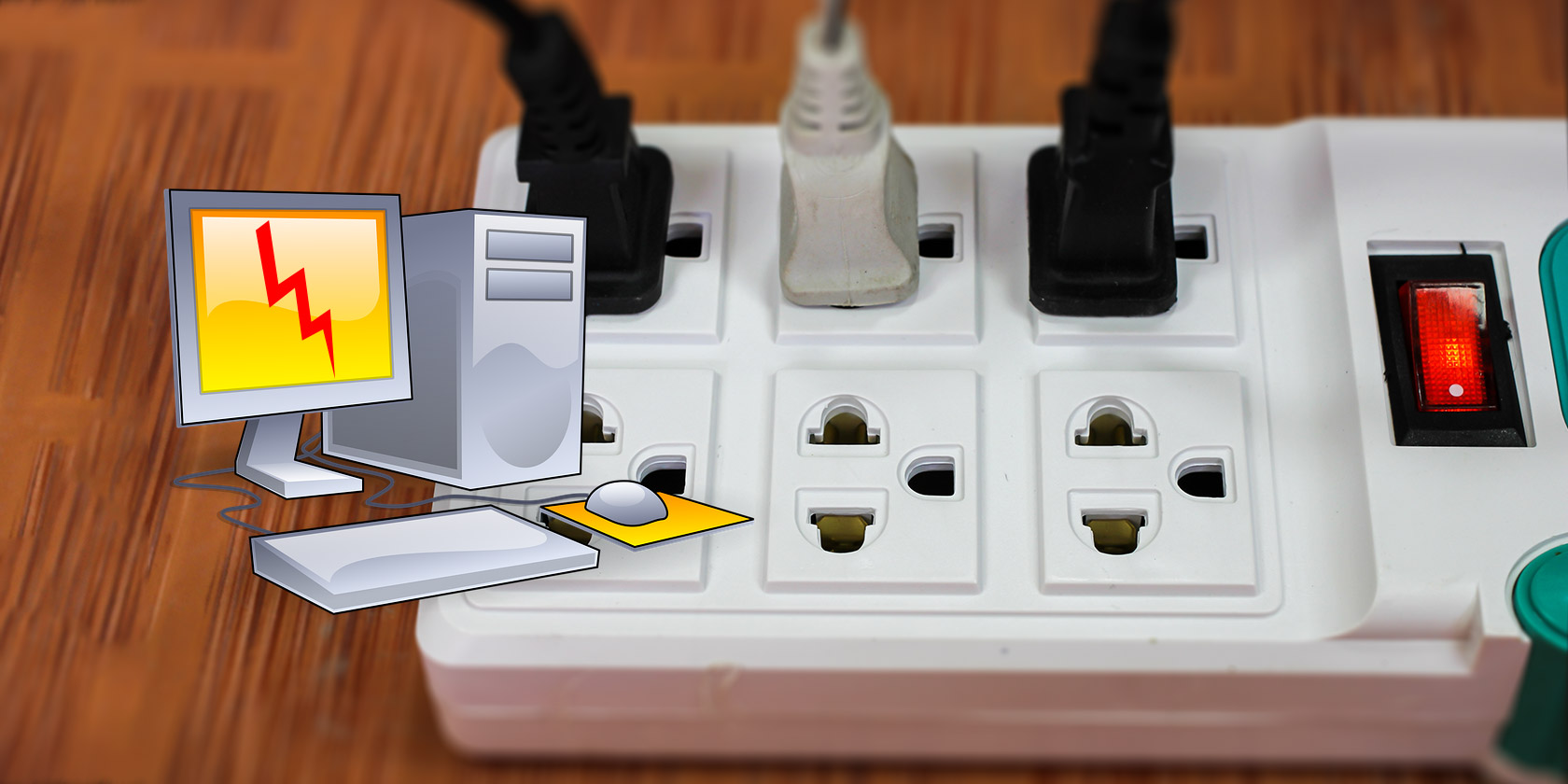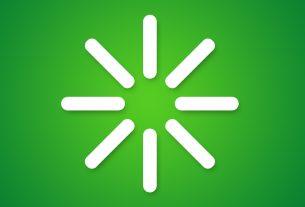
As people become more aware of the impact of their actions on the environment, one issue to consider is how much electricity is being used by your computer. And as you have to pay for electricity use, you might be concerned about how much your PC use is costing you as well.
But how much power does a PC really use? And how can you cut this power use down?
How Much Power Does a PC Use?

The power usage of a PC depends both upon its hardware and on how often it is used. A PC that is always on and is constantly mining for cryptocurrency, for example, will use far more power than a PC which is turned on once a day and used for a few hours for checking email or browsing the internet. And leaving a computer on overnight will use energy just as much as using it during the day.
A study by the Energy Saving Trust found that computers and their peripherals accounted for around 8 percent of all home electricity usage in the UK, with a further 25 percent being used by other consumer electronics. That works out to an annual cost of around £35 per person spent on electricity for a PC, which is equivalent to nearly $ 50 per year in US dollars.
The report also shows that a PC uses much more energy than a laptop—almost six times as much—because laptops are optimized for battery life in a way PCs are not.
One common use for PCs is gaming, and the energy consumption of a gaming PC is different from that of other PCs because of the more advanced hardware. A 2019 report by the Berkeley Lab looked at 26 different systems running 37 games, to see how much power different platforms used.
They found that there was a large range of power usage between gaming systems, with them using anywhere between 5 kilowatt-hours per year all the way up to 1200 kilowatt-hours per year. In general, PCs drew more power than consoles like Xbox One or PS4.
But the biggest factor in the amount of energy used was not the format of the gaming system, but rather its GPU. More powerful GPUs use considerably more electricity.
What Are the Different PC Power Modes?

PCs do come with functions to help reduce power consumption. You may not want to turn your PC off when you’re done with it, for example because you don’t want to wait for it to boot next time you need it. In this case, you can use the Sleep or Hibernate functions.
Sleep mode, also known as suspend, puts the computer in a low-power use state. The computer will use the RAM to save your current open documents and application data, so you won’t lose anything when you enter sleep mode. The computer can also wake up again quickly. But power will be cut to components not being used like the display, storage, and peripherals.
Hibernate mode is a little different, as it cuts power to the RAM as well as the other components. Instead of the data about current states being saved on the RAM, it’s saved to the storage instead. That means that the computer is using essentially no power, as if it were turned off. But it will still remember what you were last doing when you turn it on again.
Sleep mode is useful when you are taking a short break from using your computer. Hibernate is better if you plan to leave your computer overnight. Windows 10 doesn’t show an option to hibernate by default, but you can add hibernate to the start menu yourself.
Which PC Parts Use the Most Power?

The exact amount of power used by a computer varies depending on what parts are inside. Some machines, like high-end gaming desktops with multiple graphics cards (GPUs), will use much more power than a low-wattage machine with fewer components.
However, it’s not the case that newer, better hardware necessarily uses more power than older, less good hardware. In fact, one big issue for hardware manufacturers is power efficiency. Manufacturers work to make their components more efficient. So if you have an older processor, for example, it may actually use more power than a newer processor would.
In general, it is the processor and graphics card(s) which use the most power. The motherboard and power supply do draw power, but they pass on this power to other components so you needn’t concern yourself with their power consumption.
Other components like RAM, hard disk drives, solid state drives, fans, case lighting, and optical drives also use some power, but not a large amount. The power use of peripherals like keyboards and mice is generally below 0.5W so it’s not worth worrying about.
As a rough guide, here are approximate ranges of how much power is used by each component:
- CPU: 55 to 150W
- GPU: 25 to 350W
- Optical Drive: 15 to 27W
- HDD: 0.7 to 9W
- RAM: 2 to 5.5W
- Case fans: 0.6 to 6W
- SSD: 0.6 to 3W
- Other hardware components: N/A
And here’s the power draw of the components which pass power on to other parts:
- Power Supply (PSU): 130 to 600+W
- Motherboard: 25 to 100W
For reference, an oven uses around 1000W, a vacuum cleaner uses between 500 and 1200W, and a games console uses between 45 and 90W, according to the Centre for Sustainable Energy.
How Can You Reduce the Power Used by Your PC?
If you’re concerned about power usage, there are several things you can do to lessen the amount of power your computer uses.
Choose Power-Efficient Hardware

- Upgrade older mechanical hard drives to solid state drives. They are both faster and more efficient with power consumption.
- Unless you’re doing something that requires the extra power like gaming or video editing, stick with onboard graphics adapters. If you have to install a video card, get something with less power. Remember, the more cooling a component requires, the more electricity it’s going to need.
- Replace your hardware, period. If you have the opportunity, upgrade to newer components to boost performance and efficiency.
- If you don’t need a powerful computer, try swapping to a low-wattage version. Look at a small HTPC or media device, or even an HDMI stick PC.
Change the Way You Use Your PC

- Turn off your computer when you’re not using it (such as in the evening or on the weekends). If you’d rather have it boot faster, you can use Sleep or Hibernate instead of shutting it down completely.
- Either turn your monitor off completely when you’re not using it, or have it enter a suspend mode. While in suspend, the screen will be completely black, but as soon as you move your mouse or press a button on the keyboard it will spring back to life. Screensavers do not save power, so there’s no point in using them unless you like the look.
- If you have an older machine, in the BIOS check the “ACPI Suspend Type” option and make sure it’s set to S3 as opposed to S1 or S2. This will prevent the computer from powering the CPU, RAM, and several other components when it’s in sleep mode.
- In Windows 10, under System > Power & sleep, you can change several power saving settings including how and when your computer sleeps. This will allow you to automate the low power modes.
Reduce Your PC’s Power Usage
With these tips, you can reduce the power used by your PC. That’s good for the environment and for your wallet.
To learn more about this topic and how much power is used by different components, see our guide to how much power your PC needs.
Read the full article: How Much Energy Does Your PC Use? (And 8 Ways to Cut It Down)


